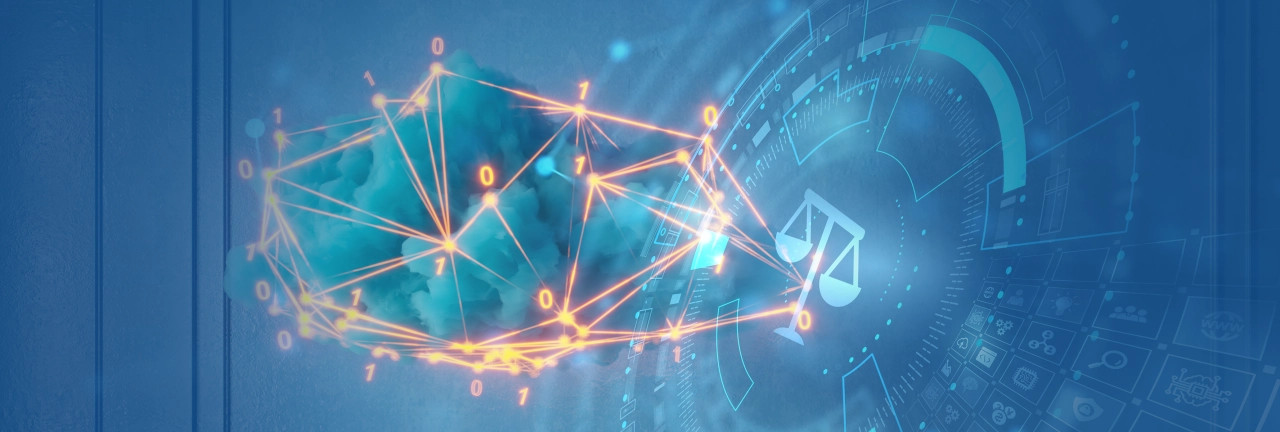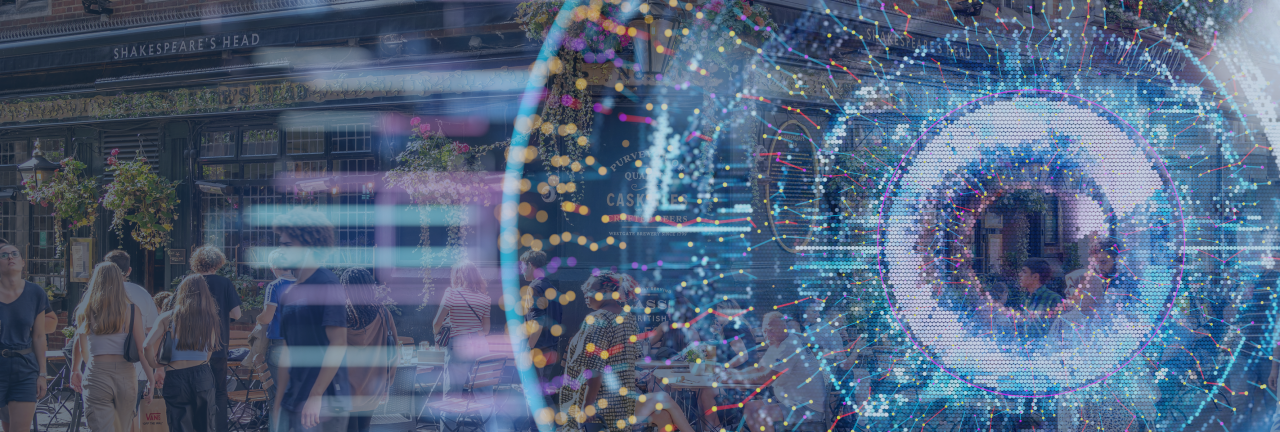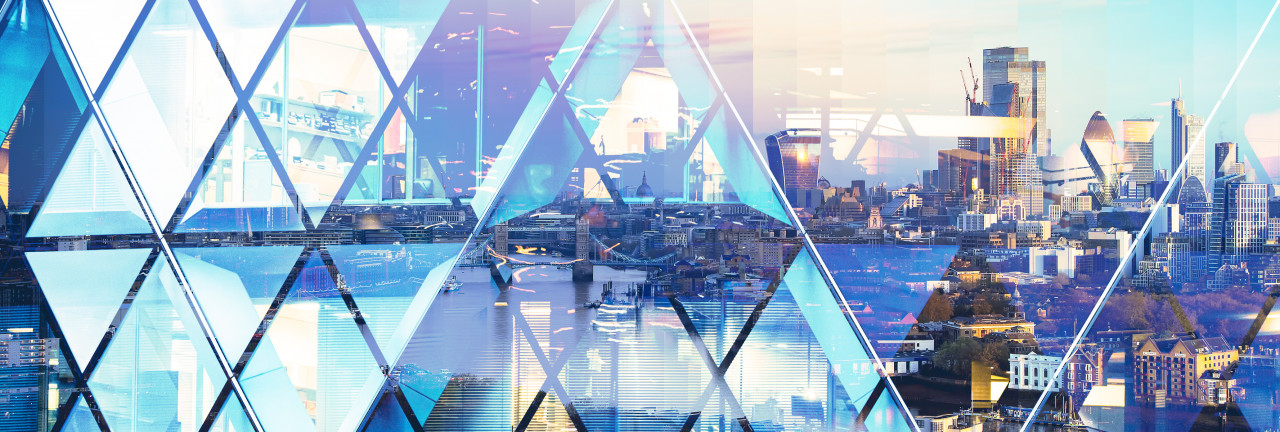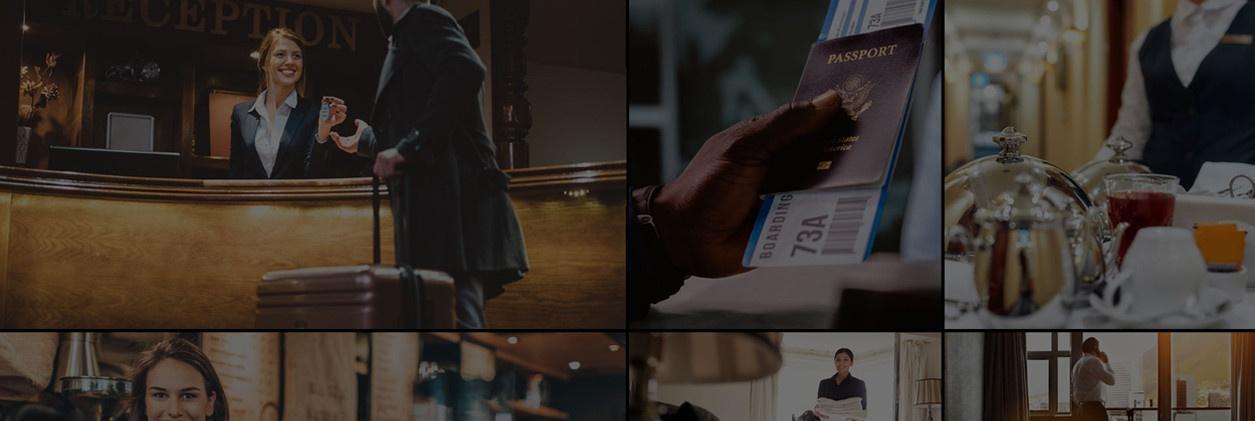In light of numerous dramatic shifts in the geopolitical landscape in recent months, this blog has reiterated the need for organisations across all sectors to strengthen and - if necessary - reconsider their cyber security postures, in order to prepare for the anticipated attacks by global bad actors. The legal sector is no exception, particularly as these attacks are anticipated to specifically target the most high-value data.
Although digital transformation amongst Legal firms has typically been comparatively slow compared to other sectors, the journey has picked up speed over the course of the last decade.
Like many longstanding institutions, Britain's world-renowned pubs are undergoing their own digital transformation journey, utilising leading-edge technologies to offer truly personalised experiences to patrons of all ages and backgrounds - from longstanding regulars visiting for their usual pint, to families looking for a meal, and young professionals working on the go. It's an exciting time for the sector as a whole, but at the same time, the drive for modernisation must not come at the expense of patrons' safety and enjoyment.
Secure Access Service Edge (SASE) is rapidly establishing itself as the solution of choice for the next generation of enterprise networks, where optimal control, visibility, and scalability are essential. In the first quarter of 2024 alone, the SASE market experienced a 23% surge, as more and more organisations began taking advantage of its capabilities.
The conversation was kicked off by guest speaker Steve Deakin, Head of Development and Operations at Lloyds of London, discussing his experiences of Cloud and the client perspective. Next followed Nick Robinson, Systems Engineering Manager at Palo Alto Networks, who provided a view of real world innovations and shared Cloud success stories that he has seen from his clients across EMEA.
Here is a high level summary and description of the quick wins that were discussed:
The Process:
- Learn -> Hack -> Iterate
Horizon Scanning & DevOps with an AGILE mind-set
- Microsites and Micro services that are already trialled, tested and robust from an architecture and security perspective - this enables one to rapidly deploy new products and services, websites etc. with security peace of mind.
- Serverless - just focus on writing codes and you can make changes in microseconds! It is easy to deploy, low cost, gives you more time to focus on UX and is more efficient for developers by ensuring you are keeping code backed up and in a secure environment.
- Grid Data Analyst - overcome floods and complexity of big data and unlock the power of analytics with the right data in the right place.
Cybersecurity
- OWASP Top 10 - whilst the threat landscape remains consistent year on year, everyone should make sure they are aligned to the latest as it evolves. Assuming the top 10 remains unchanged or that changes are incremental such as low priority to action, can lead to vulnerabilities. www.owasp.org
- NCSC - The National Cyber Security Centre is an organisation of the United Kingdom Government that provides advice and support for the public and private sector on how to avoid computer security threats. www.ncsc.go.uk
- Ethical Hacking - this should be continuously implemented - leverage Pen testers and vulnerability scanning as much as possible in order to follow best practices and processes - Learn -> Hack -> Iterate.
- Social Engineering was also discussed, not so much as a quick win due to the complexity (get the simple things right first) however, advised to leverage Pen testers to protect your business from bad actors that use social engineering tactics.
- Multi Factor Authentication – we discussed how this is a very low hanging and important measure to put in place. Leverage MFA to 1) require individuals to provide two or more authentication factors to confirm their identity for online transactions or to gain access to corporate applications, networks and servers and 2) insight and reports on the user's activity. Identity (IAM) and Privilege Access Management (PAM) were also mentioned as a further way to secure your business.
- Security Information and Event management (SIEM) - leverage SIEMS as a means to log attacks. An IT Service Provider can provide an important layer of service to proactively manage, monitor and report on what the SIEM is seeing on a 24/7 365 basis.
- Security Operation Centre (CSOC) - further to SIEM, a CSOC can strengthen your security posture and enable you to be more proactive in your approach - https://www.exponential-e.com/services/cyber-security/advanced-monitoring-management
Cloud Patterns
- Cloud Patterns are a widely used concept to describe solutions to reoccurring problems - for building reliable, scalable, secure applications in the cloud. Best examples are as follows;
- Azure https://docs.microsoft.com/en-us/azure/architecture/patterns/
- AWS https://aws.amazon.com/architecture
Data Lakes
- Building out centralised repository for enterprise data, for tasks such as reporting, visualization, analytics and machine learning - leveraging cloud partners to build out big data solutions.
A debate for another day
- DevOps and Open Source software is and will continue to be the main target for bad actors, they hold the code (the crown jewels). Should such resources have locked or unlocked internet access? On one hand it offers flexibility and agility, on the other it is more locked down and has a stronger argument from a security perspective.
#Azure #AWS #CloudPatterns #Cybersecurity #OWASP #NCSC #DevOps #HorizonScanning #EthicalHacking #Digital Transformation
Organisations' demands of their IT infrastructure continue to evolve at an unprecedented rate, with the drive for growth and innovation needing to be balanced against the need to maintain cost control, visibility, and - crucially, cyber security. Numerous solutions have emerged in response to these challenges, but one of the most pivotal questions organisations must answer is whether to host their critical data and applications on-site, or in the Cloud.
Let's explore the respective advantages and disadvantages of both approaches, and then consider whether the increasing sophistication of modern workloads demand a new approach...
According to the latest PwC report, about 14 shops are closing every day in the UK as the high street faces one of its toughest seasons in five years. It’s no secret that the convenience of online shopping has been challenging retailers for some time now. With the world of technology ever changing, retailers need to adapt in order to keep up with both their immediate competitors and the wider industry.
In part one of this two part blog series, we looked at why "bricks-and-mortar" retailers are embracing Digital Transformation in order to compete with the new breed of online retail giants.
In part two, we look at the specific challenges Digital Transformation is throwing up for the high street, and how these challenges can be addressed.
The foundation of Telematics is the technology that collects, stores and sends information between end users and vehicles through telecommunication devices.
In the face of globalisation, digitisation, and the entirely new business models that have followed the emergence of new and innovative services, the need for rapid change is being defined and set by customers and their expectations.
The Finance sector has always been one of the most dynamic, rapidly evolving industries, and this shows no signs of changing any time soon. But while shifts in the landscape may well open new opportunities, they will also come with new challenges, and it is the organisations who are ready and able to face these head-on who will continue to thrive in the years ahead.
The way the hospitality & leisure industry interacts with guests is constantly evolving, with cutting-edge technology offering new channels for everything from making bookings, to checking in, ordering additional services and entertainment, and billing.
This type of multi-channel service delivery must be underpinned by a secure, scalable and cost-effective IT infrastructure, which will allow hospitality & leisure organisations to pivot in response to an ever-evolving landscape, optimising application performance, protecting guests' sensitive data, and taking advantage of new channels for marketing and gathering feedback - all while retaining the all-important human touch.
Putting all this into practice requires a successful digital transformation process and the ongoing support of a trusted IT partner – a role Exponential-e is perfectly placed to fulfil.
These case studies offer real-world examples of how Exponential-e has helped organisations across the UK's hospitality & leisure sector affect their own digital transformations, ensuring they can continue to offer their guests incredible experiences, every time.
Selecting the right storage architecture is essential for organisations that are leveraging Artificial Intelligence (AI), Machine Learning (ML), Big Data and IoT analytics. For example, AI applications that involve scientific and medical research create and interact with numerous large files, and therefore need a storage system that can scale to a petabyte level, with zero restrictions. Similarly, ML applications and Big Data projects require a scalable, cost-effective storage solution to accommodate the high volumes of data that will be produced. This raises the question of which storage solution enterprises should use to underpin their overall analytics strategies.
I spoke to a globally recognised thought leader on the role of technology and innovation in the Construction industry. Aarni Heiskanen shares his thoughts and vision with me, which are no doubt helping to shape the construction landscape today and more importantly, the future.
While the improvement of IT management remains a goal for all enterprise IT teams, the true aim for IT departments today should be to simplify IT in order to drive business agility. Unfortunately, simplifying IT isn’t so simple.




















